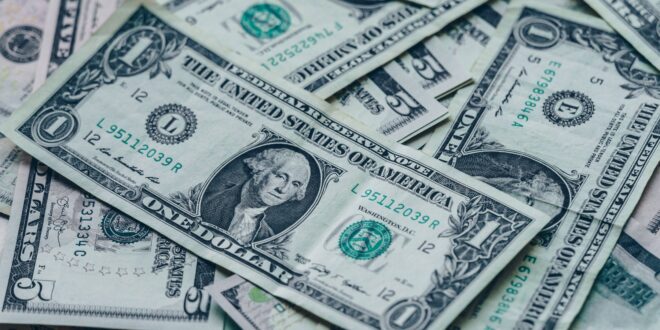By Mark Tier
The other day my cable company called to offer me two tickets to a special preview of the latest Sherlock Holmes movie.
FREE.
I wasn’t interested myself (this Sherlock wasn’t Basil Rathbone). But I knew my two boys would be. And the price was right.
That evening, we were a bit rushed for time so instead of having dinner at home we had close-to-indigestible fast food near the movie theater. Bang. There went the price of eight movie tickets.
Another movie ticket went into popcorn.
Then I met up with a friend and we sat around chatting for a while. Another movie ticket for a cappuccino. After that, we figured we might as well hang around until the movie ended to pick up the boys. A couple more movie tickets went into refreshments to help pass the time.
Also, the program went for an hour longer than expected. To watch the “FREE” movie, you had to sit through an hour of ads.
Oh, and did I mention parking, and fighting my way through the traffic to get to the right theater?
I could have sent the boys to a movie theater in walking distance and had enough change left over to watch ten more movies!
And had a decent dinner into the bargain.
Next time I’m offered something “FREE,” I’ll probably pass.
I should, of course, have known better. Starting in 1974, I built my investment newsletter business by direct mail marketing. Every one of my marketing pitches had a “free” bonus.
So I said “probably” because “FREE” is simply the most irresistible word in your marketing lexicon. Because it WORKS.
If you don’t believe me, next time you do a promotion try a split test: one with and one without the “free” bonus. Amazing how many people will pony up hundreds of dollars to get something for “nothing”!
“FREE” is everywhere
I belong to four different airline mileage programs. When I was travelling a lot, I had “FREE” miles pouring out of my ears (a really cheap way to upgrade to business or first class).
If you think miles are “FREE,” think again. I recently booked a ticket on Cathay Pacific. There was an option for the same flight, right there on their website: a ticket without miles was a hundred bucks cheaper.
In my wallet I have discount cards to four different vitamin stores. I get free miles or points every time I use one of my credit cards. At the supermarket, I use my credit card and get miles and points from the store! I even get points on one of my bank accounts!
If you think these things are all “FREE,” think again.
How do you think vitamin (or other) stores give their regular customers discounts (up to 20% off!)?
The “price of FREE” is built into the list prices of the vitamins. Without the “FREE,” the price of those vitamins would be some 10-20% lower.
It’s intriguing how people react to their “freebies.” One lady I know splurges on things she’d never ordinarily buy when she’s built up enough points on her cards. She thinks they’re free, and treats them as such.
I don’t make that mistake. (Well…uh…hardly ever.) I figure if someone wants to give me money for “nothing” I’ll take it, thanks very much. But then I’ll treat it as money and use it to buy whatever I usually buy.
BUY ONE, TAKE ONE
“Buy one, take one” is another variation of “FREE.” My wife had an interesting experience along these lines a few days ago. In department store #1, she found a pair of shoes she liked. Cost: $23.50. And since it was “buy one, take one” she got another pair free.
So she thought.
A few minutes she found exactly the same two pairs of shoes in department store #2. No “buy one, take one” here. $11.80 for the shoes she actually wanted almost half the price of department store #1. Both pairs: $18.80!
“FREE” works. So I’m willing to bet (with no research) that department store #1 sold more shoes at the higher price than department store #2.
“FREE” is the simplest way to increase your sales and up the average order value.
If you’re not giving away something “FREE” you’re leaving money on the table.
On the other hand, as a potential customer, remember that you usually get what you pay for.
——
Mark Tier founded the investment newsletter “World Money Analyst” in 1974 and built his subscription list by direct mail marketing. Always with a “FREE” bonus, of course. Now semi-retired, he spends his time writing. He’s the author of the best-selling investment book The Winning Investment Habits of Warren Buffett & George Soros, as well as the political thriller Trust Your Enemies.




